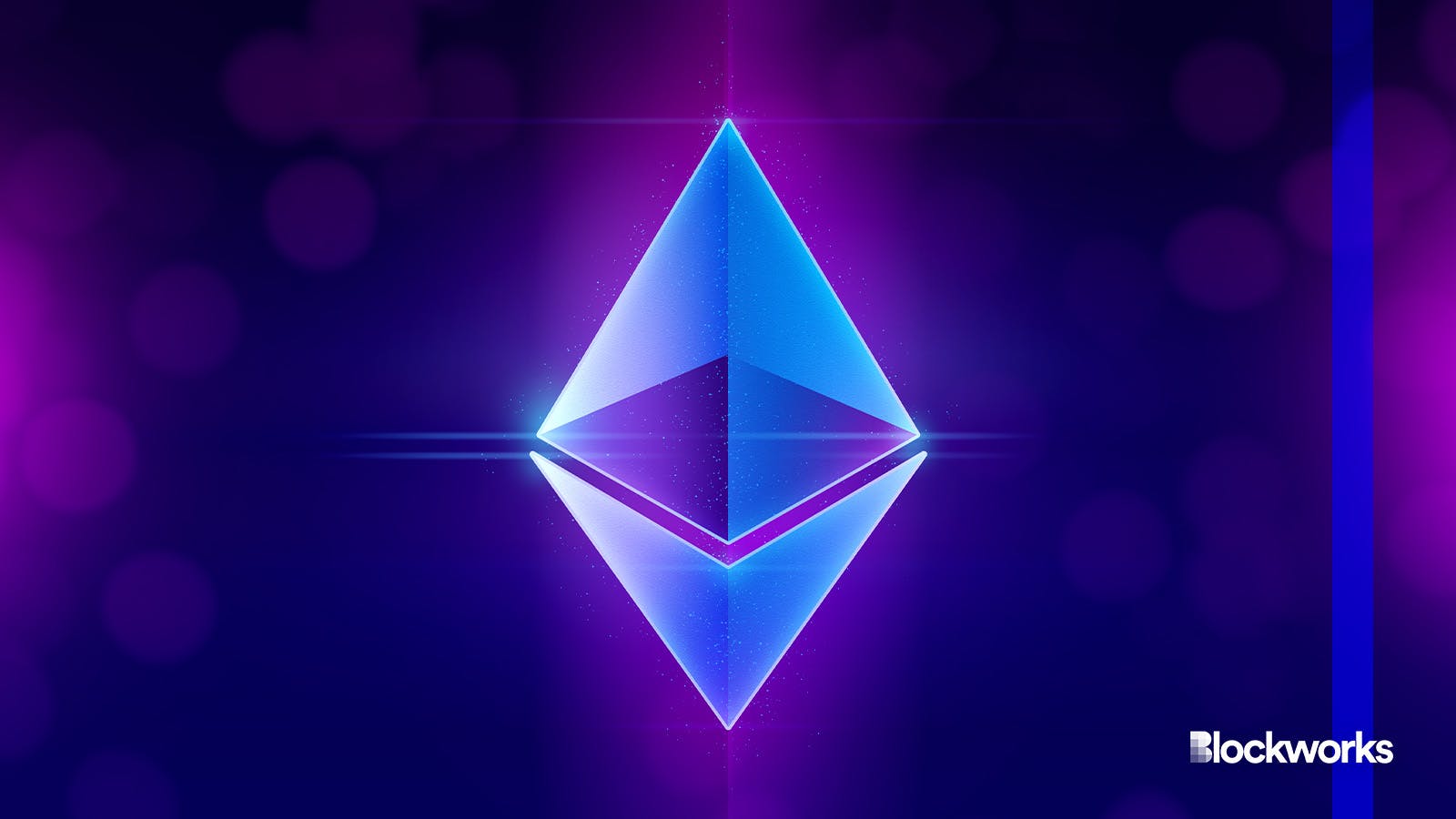Ethereum’s Dencun is now live on the Holesky testnet
Dencun upgrade will introduce “proto-danksharding” on Ethereum

issaro prakalung/Shutterstock modified by Blockworks
Ethereum’s Dencun upgrade, featuring “proto-danksharding,” has successfully run on the Holešky testnet.
Holešky replaced Ethereum’s Goerli testnet, widely used to test validating and staking, in September last year, though it did not officially enter its “end of life” status until January this year.
Testnets refer to a copy of the blockchain network which are used by developers to test smart contracts and protocols before they deploy on mainnet.
Read more: Ethereum’s Holešky testnet launch hits a speed bump
Prior to running on Holešky, the Dencun upgrade also ran on Ethereum’s Goerli testnet and Sepolia testnet.
Following the successful fork of each of these different testing environments, Ethereum’s development team is now figuring out a time to run the Dencun upgrade on Ethereum mainnet.
What’s so special about the Dencun upgrade?
The Dencun upgrade will enable proto-danksharding — introduced in Ethereum Improvement Proposal (EIP) 4844 — to the Ethereum blockchain.
Read more: Ethereum Improvement Proposals to watch in 2024
Nikolay Angelov, head of blockchain at Nexo, told Blockworks that EIPs carry enormous, potentially institutional weight in the digital asset space.
“Over the years, Ethereum has accommodated thousands of projects that utilize the network and its specific layers to create a diverse ecosystem of some of the most founding projects in the industry, [like] Tether,” Angelov said.
He notes that changes and enhancements to this foundational layer would require technological precision and synchronization across deployment.
“In that sense, the testnets’ role is to mirror the mainnet’s functionalities by encouraging and committing to public testing of the deployment is a testament to the magnitude of Ethereum Upgrades,” he said.
In the case of EIP 4844, Ethereum will be introducing a new transaction type, which involves “blobs,” or sharded data, that can live on the beacon node for a short period of time.
Ethereum rollups today must put raw transaction data onto Ethereum using something called “calldata.”
With the introduction of EIP 4844, rollup block submitters will instead be able to put this data into blobs. This will guarantee data availability and will also be much more affordable than calldata.
Read more: Ethereum devs consider ‘existential’ upgrade to the EVM
Data availability in blockchain refers to the process of storing data for a set period of time to ensure that all network participants will be able to access and retrieve it so that they can challenge whether or not the data is accurate.
Rollups only need this data to be available once and for a set period to give honest participants enough time to construct the rollup state and verify its accuracy.
“While Ethereum has rightfully suffered from criticism over fees and processing times, the
Dencun concepts of proto-danksharding and “data blobs” have the mission to address and overcome those,” Angelov said.
He notes that should the upgrade on mainnet be successful, Ethereum will be able to manage data throughput and network costs much more efficiently, giving it a competitive advantage over other layer-1 solutions.
“Ultimately, it is the ability to onboard new protocols into a much freer-flowing environment and move capital at lower costs that will ultimately enhance cryptocurrency adoption by delivering a more economically feasible, highly-scalable on-chain solution,” he said.
Get the news in your inbox. Explore Blockworks newsletters:
- The Breakdown: Decoding crypto and the markets. Daily.
- 0xResearch: Alpha in your inbox. Think like an analyst.






